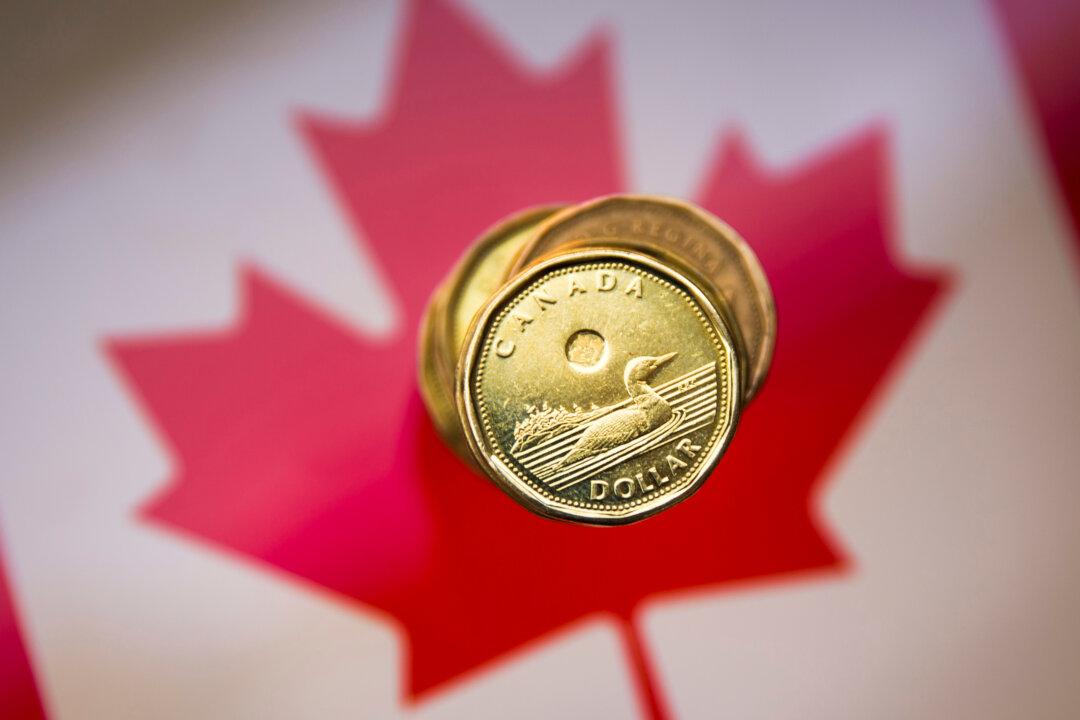Canada’s economy was being outperformed by many of its peer countries before the COVID-19 crash of 2020 due to lags in key sectors such as business investment, says a public policy think tank.
The Fraser Institute released a study on Aug. 7 comparing Canada to other developed countries in the Organisation for Economic Co-operation and Development (OECD).





